Central Persian Desert Basins
The ecoregion’s land area is provided in units of 1,000 hectares. The protection goal is the Global Safety Net (GSN1) area for the given ecoregion. The protection level indicates the percentage of the GSN goal that is currently protected on a scale of 0-10. N/A means data is not available at this time.
Bioregion: Persian Deserts & Mountain Woodlands (PA29)
Realm: Central Eurasia
Ecoregion Size (1000 ha):
58,219
Ecoregion ID:
820
Protection Goal:
34%
Protection Level:
4
States: Iran
Baked beneath a blazing sun, this colossal expanse of sand and rock has been sculpted by extreme elemental forces. Forceful winds whip lofty towers of rock and clay into spectacular formations, and cause immense, golden sand dunes to shift and sway. Vast, parched expanses either shimmer ethereally with white salt, or are strewn with a sea of rocks. This unearthly landscape, where temperatures have been known to climb as high as 70°C, would seem to truly stretch life to its limits. Nonetheless, seemingly improbable shrublands host sand cat, crown sandgrouse, Asian houbara, onager, and the magnificent Asiatic cheetah.
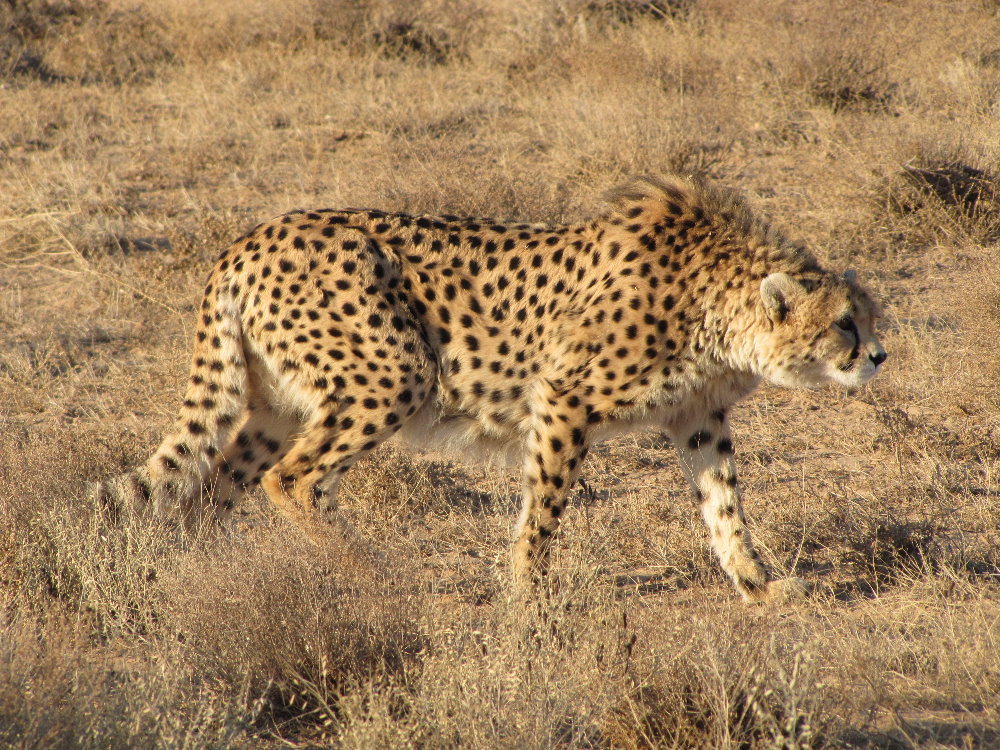
The flagship species of the Central Persian Desert Basins ecoregion is the Asiatic cheetah. Image credit: Behnam Ghorbani, Creative Commons
This ecoregion covers Iran’s central plateau, reaching into a small part of Northwest Afghanistan. There is a temperate, continental desert climate with extreme temperatures; the region’s two major deserts are amongst the hottest and driest places in the world. The Dasht-e-Kavir in the North is a vast saline desert, whilst the Dasht-e-Lut in the South is largely a sand and gravel desert, famed for its spectacular windswept features: streamlined towers of rock called kaluts and extensive stony pavements called hamadas.
Elsewhere, landscapes host marshes, lakes, dry steppes, and semi-deserts, and the ground is often highly saline; several rivers, rich in soluble salts, descend into the plateau from the surrounding mountains. Vegetation is usually represented by dwarf scrub. Non-saline regions abound with thorn cushions, whilst saltworts and saxauls grow on the margins of saltpans. Extremely arid zones host open shrublands of wormwood and gum tragacanth, and sand dunes harbour endemic plants such as Astragalus kavirensis and Heliotropum rudbaricum.
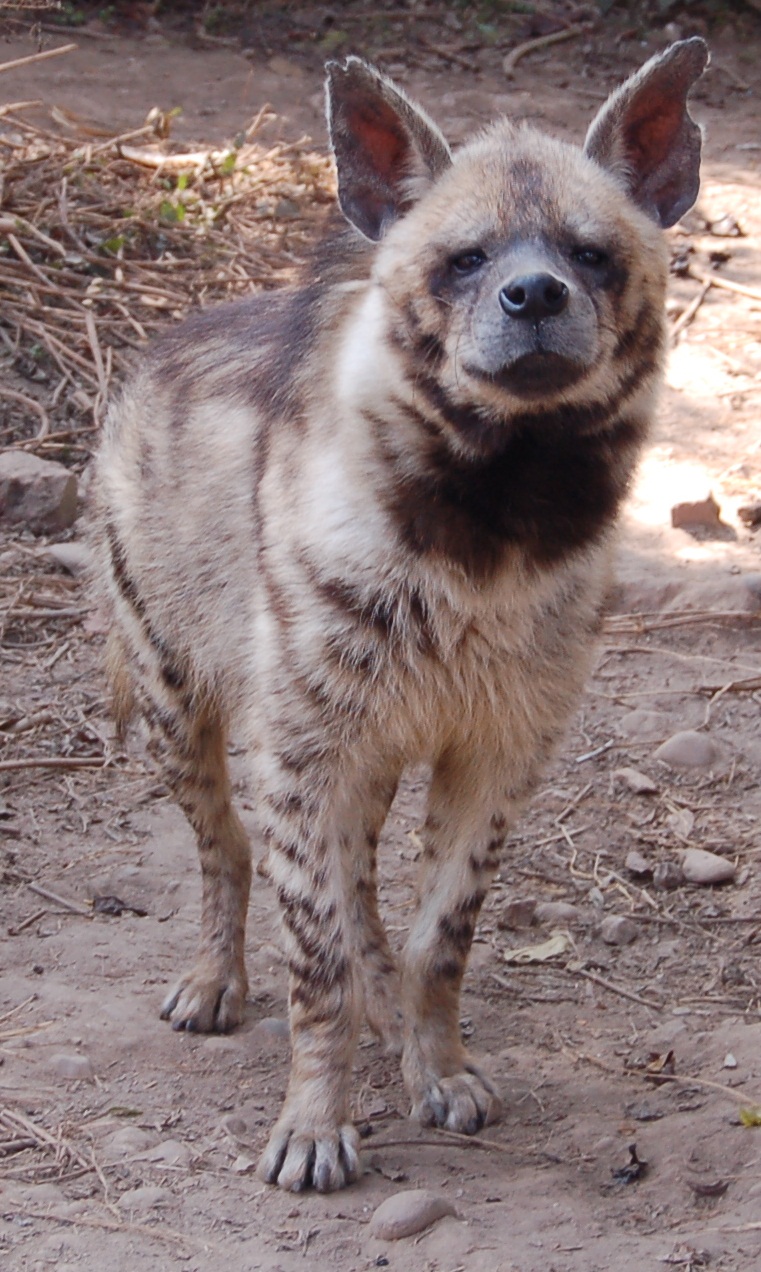
Striped hyena. Image credit: Creative Commons
Goitered gazelle, chinkara, striped hyena, and caracal still roam the deserts, and the hottest and driest regions are home to the nocturnal Rüppell's fox. Endemic species include Iranian ground-jay, thickhead rock gecko, Lut Desert toad-headed agama, black tail tip three-toed jerboa, onager, and the Asiatic cheetah. Onager are a subspecies of Asian wild ass with a total population of around 790 animals; they are threatened by illegal hunting for their meat, hides, and fat, which are believed to have medicinal properties. Asiatic cheetahs are now thought to number fewer than 50 individuals, but are still killed by local herders and their dogs due to the unfounded belief that they predate on livestock; Iran’s extensive and rapidly growing road network is another critical cause of their mortality.
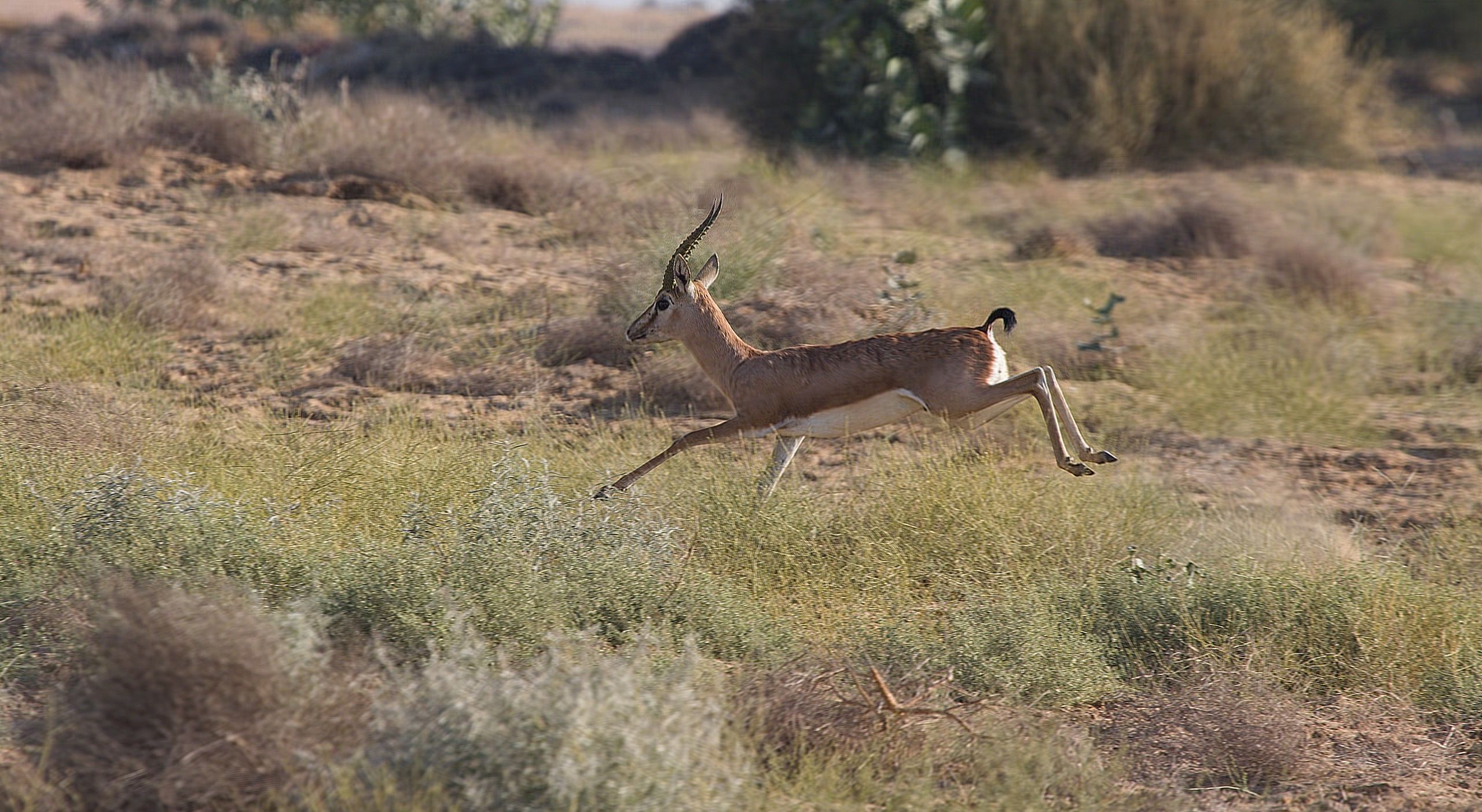
Chinkara. Image credit: Creative Commons
Soils of this region naturally have low organic carbon and high salinity. To reclaim such land for crop production, it is often leached of soluble salts, and irrigated. Winter wheat and alfalfa are widely grown, the latter of which is a high quality forage crop. Human land use has altered vegetation by shifting grasslands towards scrublands of thorn cushions, and pushing back woodland, as evidenced by remnant groves in otherwise treeless areas. Kavir National Park, Touran Protected Area and Wildlife Refuge, Dareh Anjir and Neibaz Wildlife Refuge, and Miandasht Wildlife Refuge are the major protected areas in the region, and the most important havens for Asiatic cheetah.
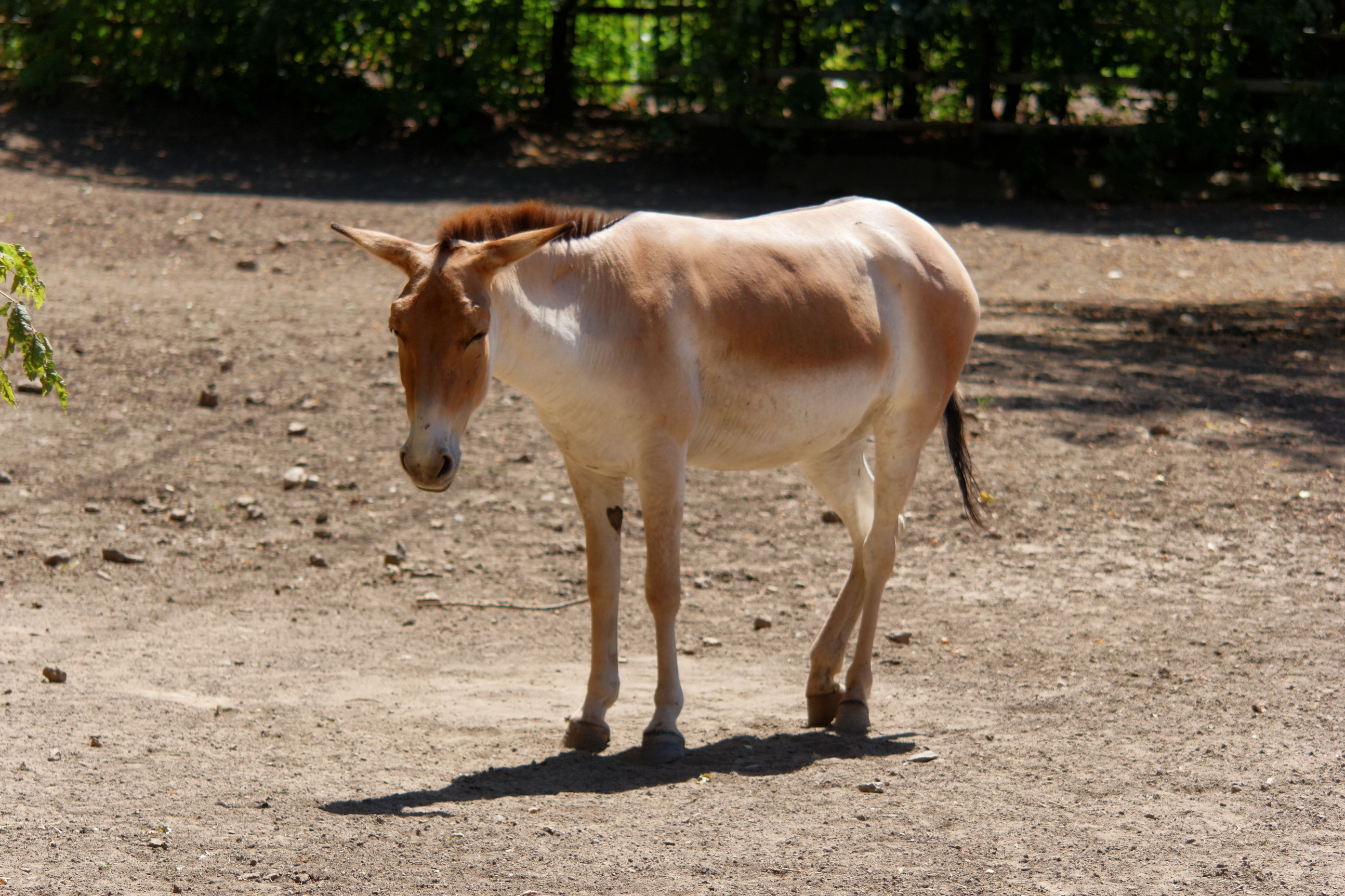
Persian onager. Image credit: Creative Commons
Overgrazing by sheep, goats, and camels has a negative impact on vegetation, and results in gully erosion in foothill areas. Growing livestock numbers also threaten desert mammals by increasing competition for pasture and water, and this has been a particular threat for onager populations. Ecotourism is being encouraged in this region; whilst this could be a good way to preserve natural beauty, it could also cause degradation through trampling of vegetation, trail erosion, and littering.
Iran’s Department of Environment has established several breeding sites to salvage populations of goitered gazelle, onager, and Asiatic cheetah, and is also developing a system of sustainable rangeland management to tackle overgrazing. The Iranian Cheetah Society is monitoring populations of Asiatic cheetah, and ameliorating threats by supplying artificial watering holes, funding rangers, and educating local people to raise awareness about wildlife; a national Cheetah Day has been established. Additionally, road signs to increase driver awareness about the risk of cheetah road collisions have been installed.

Asian cheetah. Image credit: Behnam Ghorbani, Creative Commons
The priority conservation actions for the next decade will be to: 1) invest in up-to-date inventories and continued monitoring of fauna and flora; 2) promote community-based conservation that meets the needs of local communities without compromising that of endangered species; and 3) ensure ecotourism is developed sustainably and safeguards natural landscapes without exploiting resources.
Citations
1. Farhadinia, M.S., Hunter, L.T., Jourabchian, A., Hosseini-Zavarei, F., Akbari, H., Ziaie, H., Schaller, G.B. and Jowkar, H., 2017. The critically endangered Asiatic cheetah Acinonyx jubatus venaticus in Iran: a review of recent distribution, and conservation status. Biodiversity and Conservation, 26(5), pp.1027-1046.
2. Islamic Republic of Iran. 2015. The Fifth National Report to the Convention on Biological Diversity.
3. WWF. 2018. Southwestern Asia: Central and eastern Iran into western Afghanistan. [Online]. [Accessed 7th August 2019]. Available from: https://www.worldwildlife.org/ecoregions/pa0446
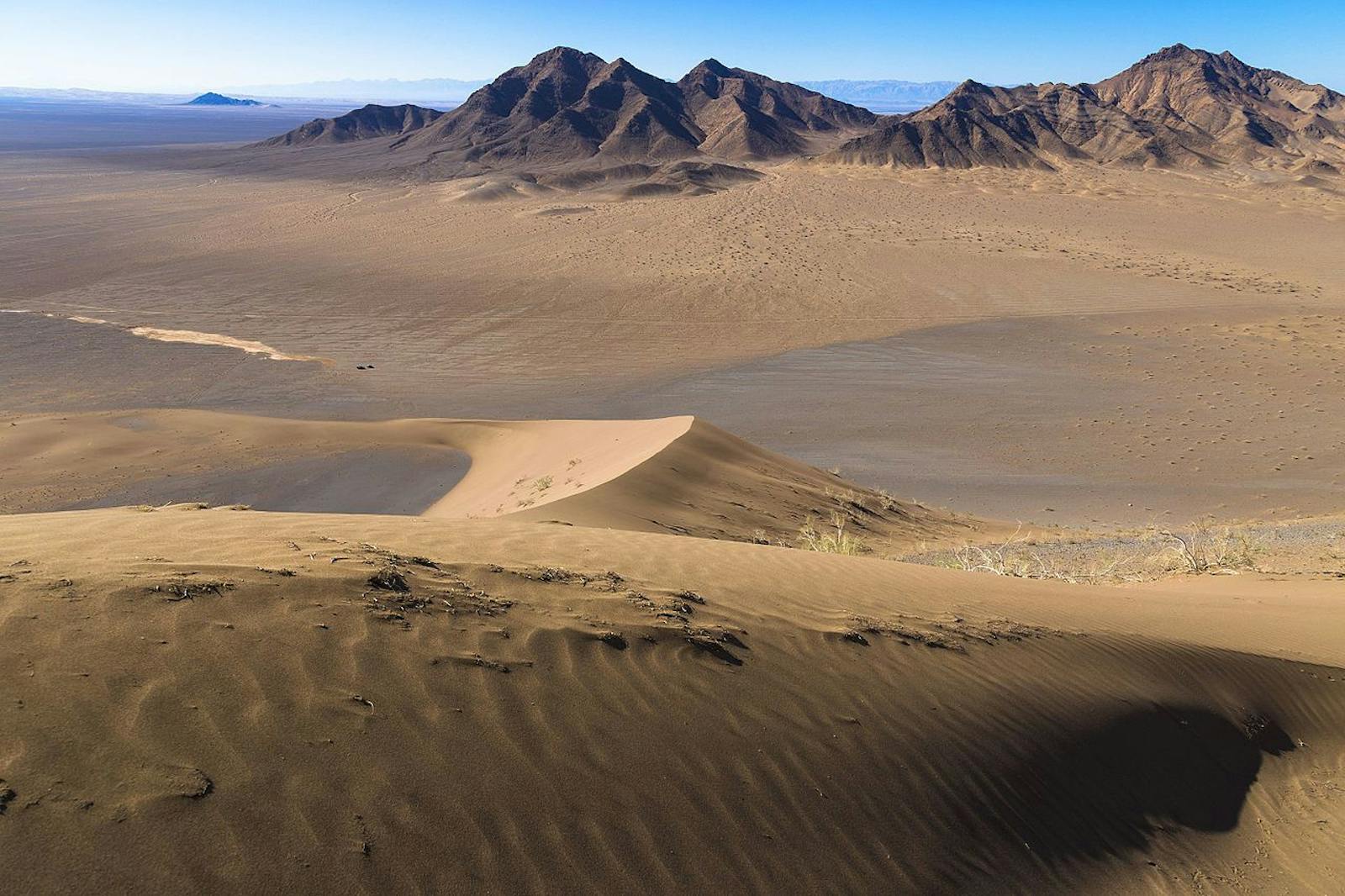
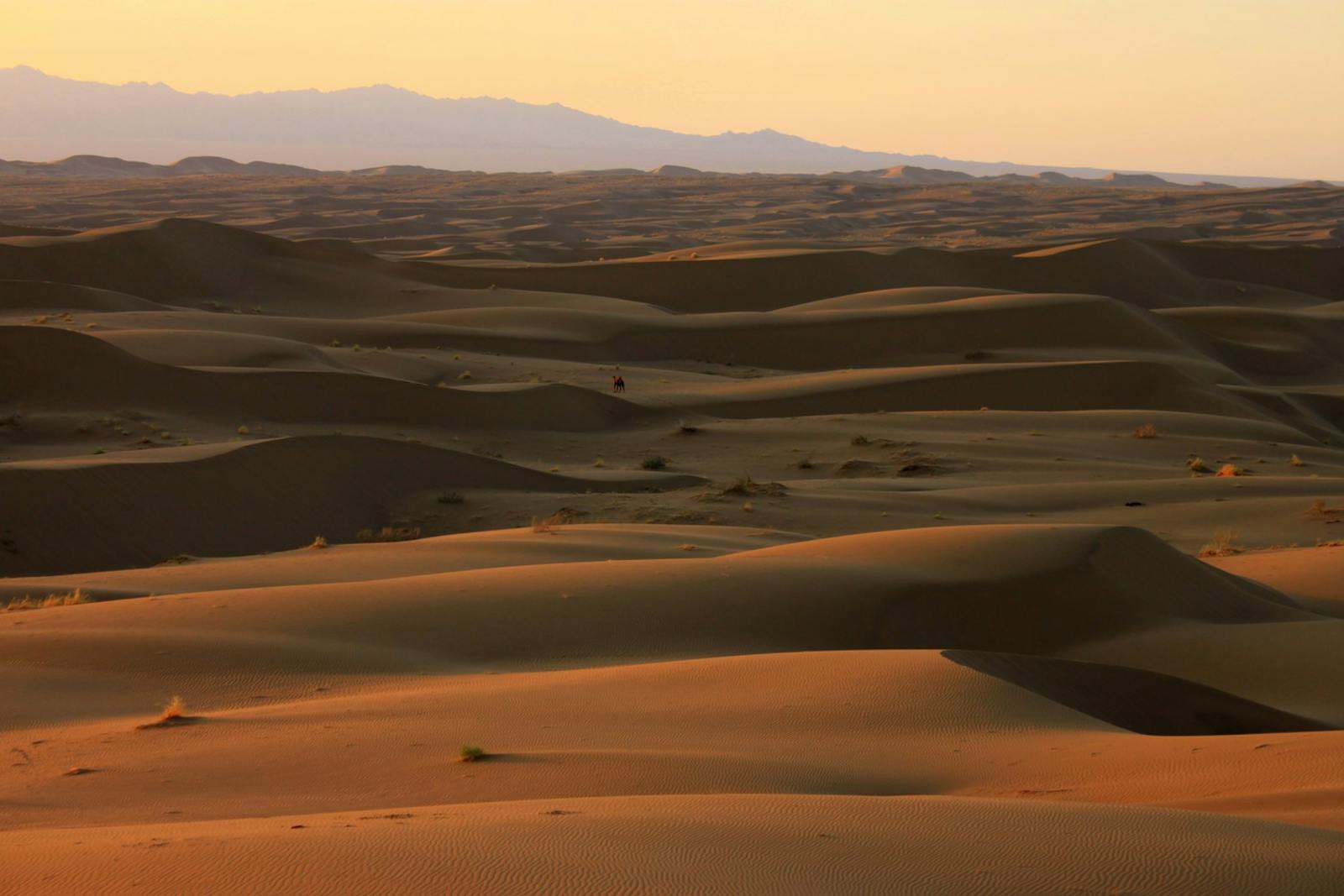
.png?auto=compress%2Cformat&w=300)
